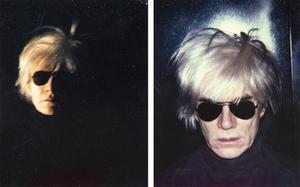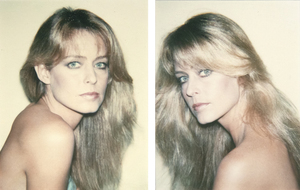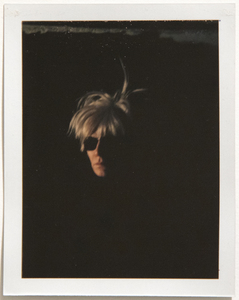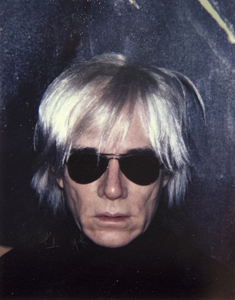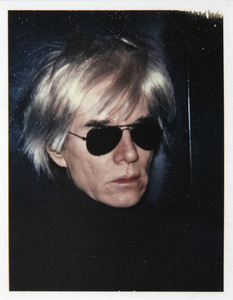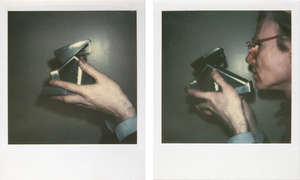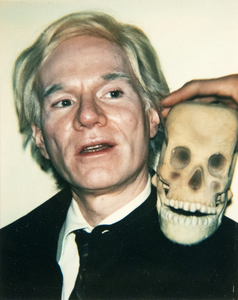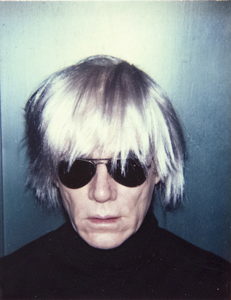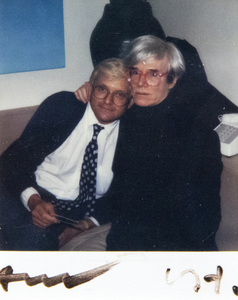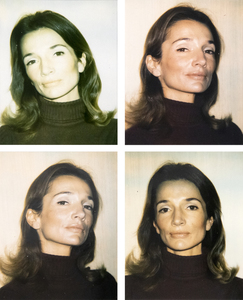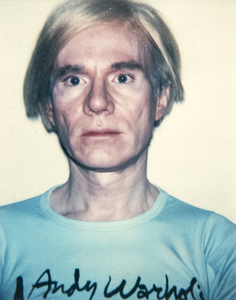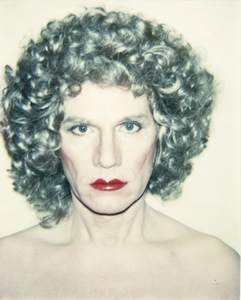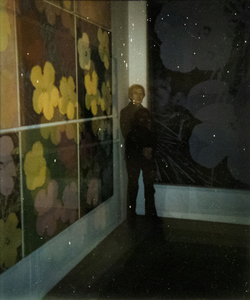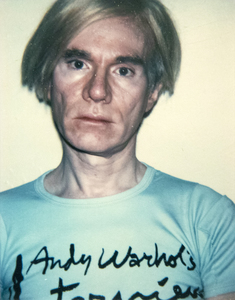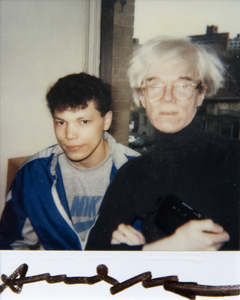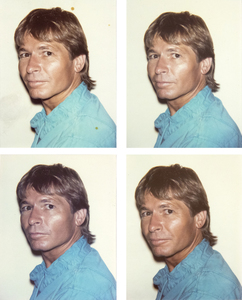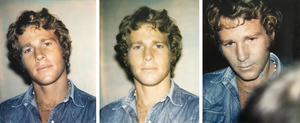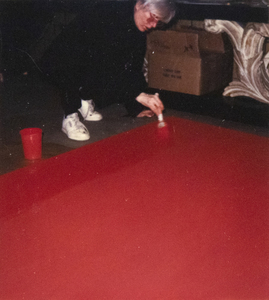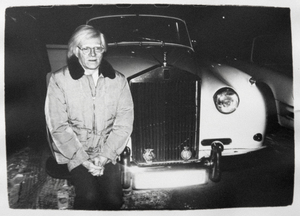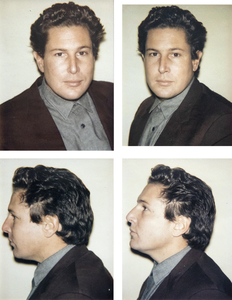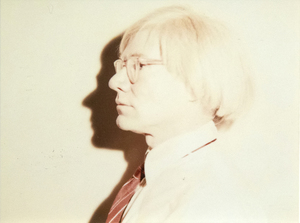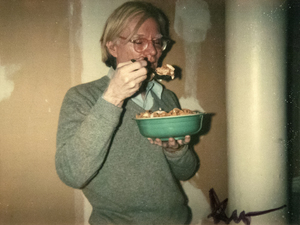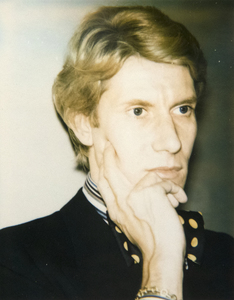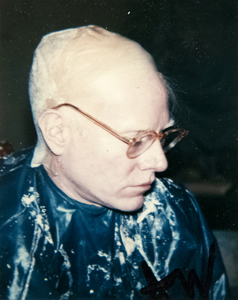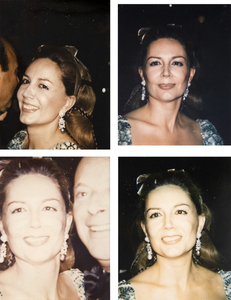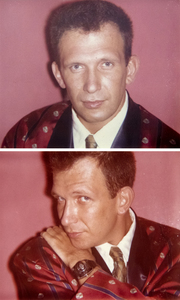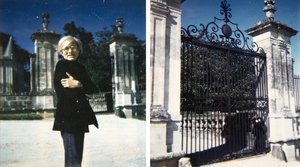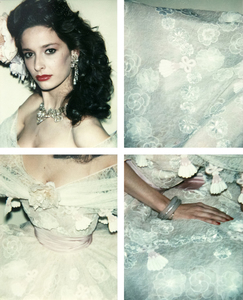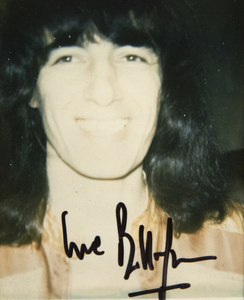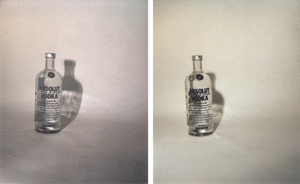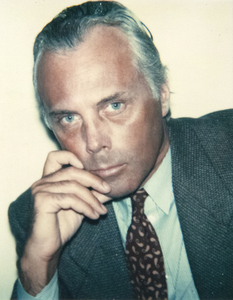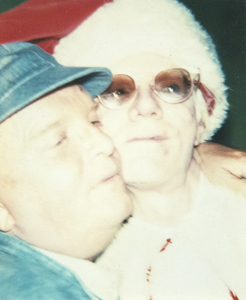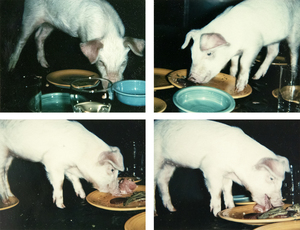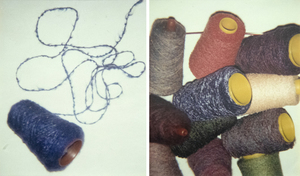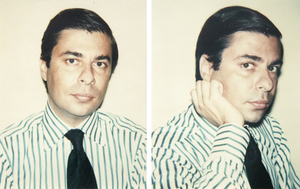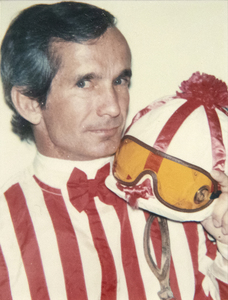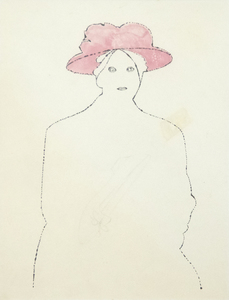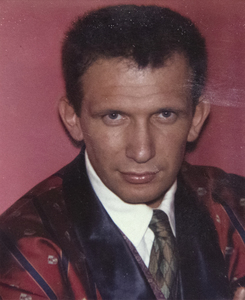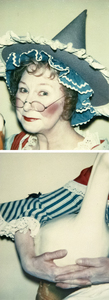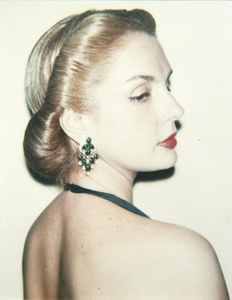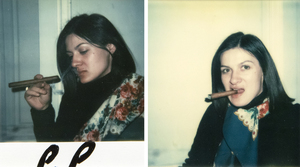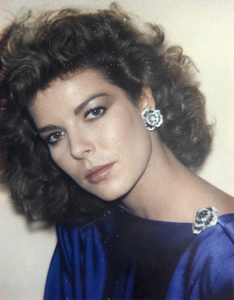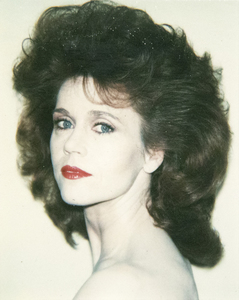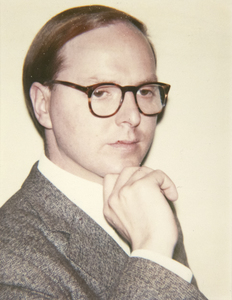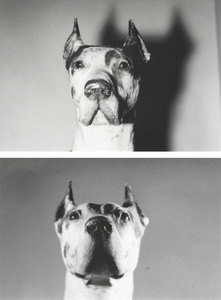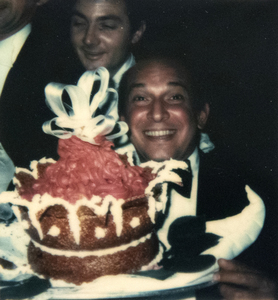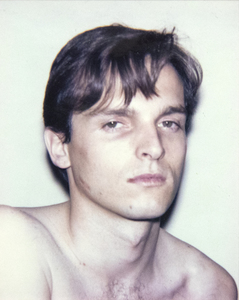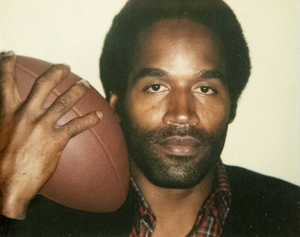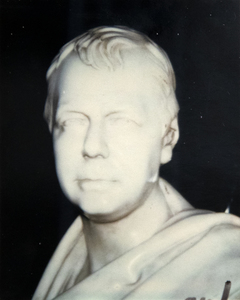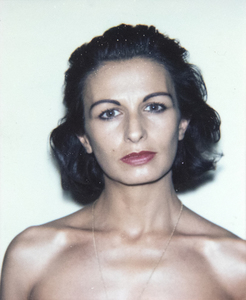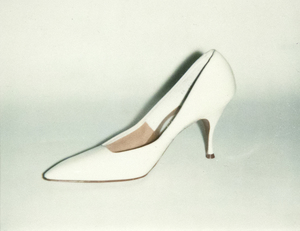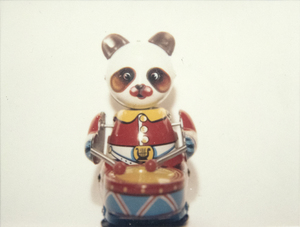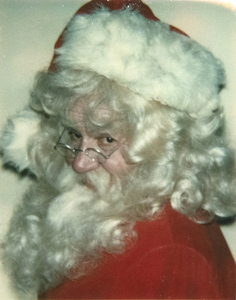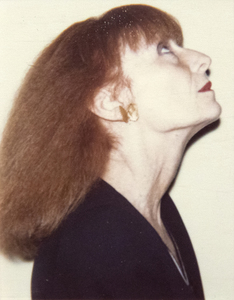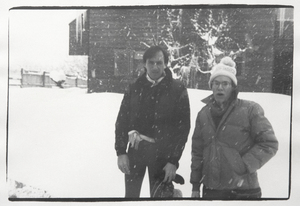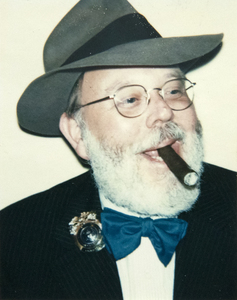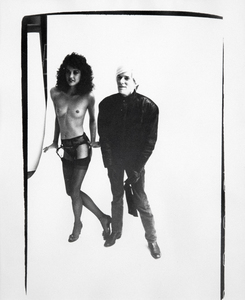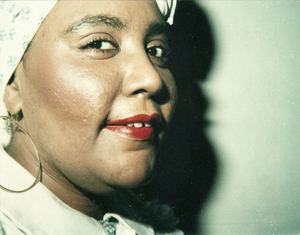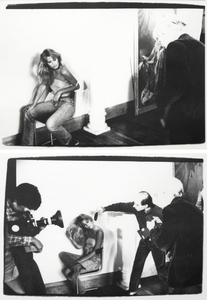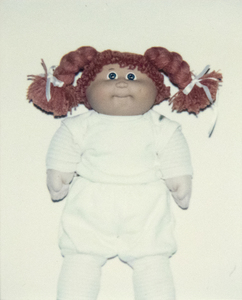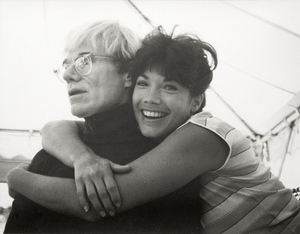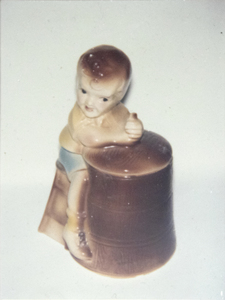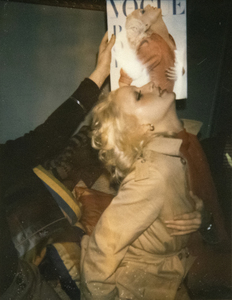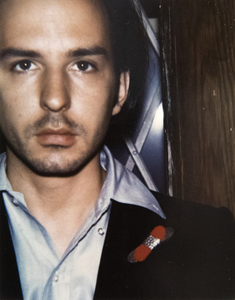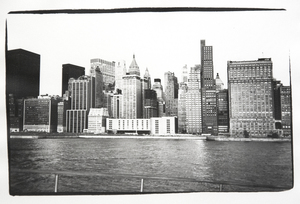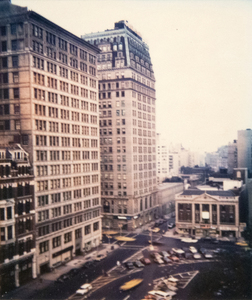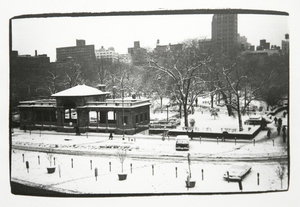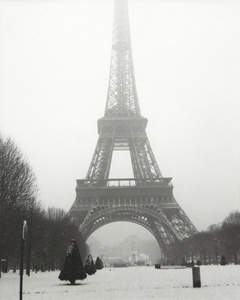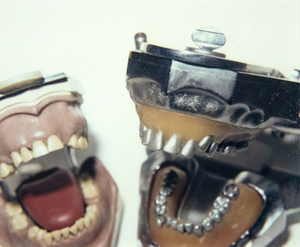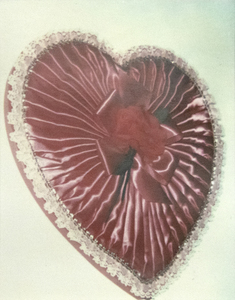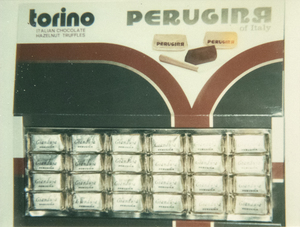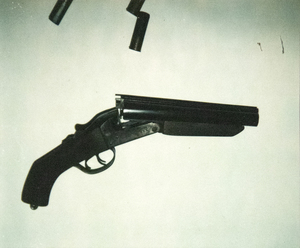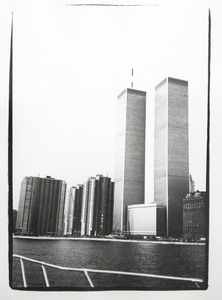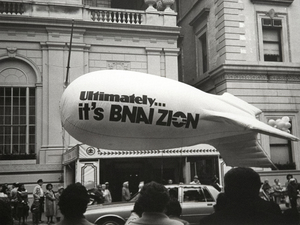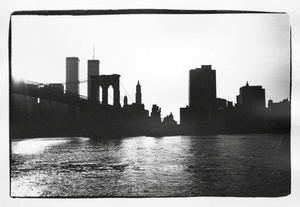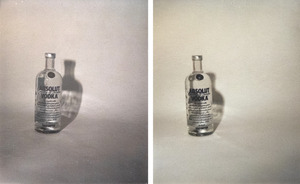Andy Warhol Polaroids: Wicked Wonders
Artwork
About
What could be more American than Pop Art and who else but Andy Warhol is the most American Pop Artist? Through a veneer of glamor Warhol distilled the essence of American society in its consumption and desires. Despite his association with lavish parties, Warhol was always observing. As Diana Vreeland, Warhol’s friend and herself represented in this exhibition, said, “The eye has to travel.”
Warhol carried a Polaroid camera from the 1950s until his death in 1987. In ways that echoed our current habits with smart phones, Warhol’s polaroids are instant and numerous. Even the early days of Instagram mimicked polaroids aesthetically and metaphorically. Warhol’s reach is even felt with contemporary photographers. In Warhol’s images of everyday objects, we see a lineage to Wolfgang Tillmans and Juergen Teller. The photographs, taken on the spur of the moment and developed within minutes, also speak to the transience and ephemera of culture.
Warhol would use these polaroids for his paintings and referred to the photographs as his “pencil and paper”. It is important to note that the polaroids stayed with Warhol, despite pleas from his subjects. They are a record of his life and his practice while reflecting the idea of inclusion and exclusion, glamour and desolation.
Capturing the bright and the beautiful, the famous and infamous, Warhol’s polaroids are an unfiltered look into society while being a record of the life of one of America’s most important artists. They speak to the power of image and illusion.
The exhibition spans different sections – “Make It Fashion”, “Champagne Dreams”, “Seeing I to I”, “Artworld”, “Unstill Life”, and “The Traveling Eye” – focusing on different subjects within the polaroids as a whole. Visit our other virtual show, “Andy Warhol: Glamor at the Edge” to get further insight into the enigmatic genius.
Make it Fashion
One of the areas that Warhol has seen the most influence has the been the world of fashion. This section brings together the glamorous and outrageous personas that inhabit that often rarefied universe.
At the juncture of impractical art and practical use wrapped up in its ability to project both an image and illusion and the capricious nature of the industry, the fashion world perfectly encapsulates many of Warhol’s obsessions and the themes that his overall body of work illuminates.
Champagne Dreams
One of Warhol’s lasting legacies has been his observations on fame which perhaps resonate more today as we grapple with the power and politics involved with the rich, the famous, and the infamous.
Celebrity was and is more than fame. Through Warhol we can experience the glamor, the beauty, the loneliness, and the traumatic that being a celebrity can occupy. These polaroids are both surface and depth as Warhol’s keen eye reveals the veneer of opulence and the hidden dangers.
It is important to think deeper on Warhol’s “fifteen minutes of fame”. Like a good party, fame comes to an end.
Seeing I to I
This section grapples with how the artist sees himself and the image he has crafted – both reinforcing them while simultaneously knocking them down.
Warhol’s work is much more than the objects and subjects of popular culture. It has always been around the image-crafting involved. These polaroids see Warhol in a variety of environments and different levels of vulnerability. Even next to celebrities, there is an awkwardness to Warhol. Armed with this knowledge, when we turn to the other polaroids of him, we are simultaneously aware of Warhol as artist, Warhol as image-maker, and Warhol as human. We see both the brand and the effort to create that brand.
Ars Longa
This section brings together the glitterati and the movers and shakers of the art world. Warhol has collected in these photographs some of the most important people in the often-hermetic art world.
Unstill life
The photographs of objects included in this section makes it clear Warhol’s ability to celebrate the consumerism of American culture, the shared pop culture made possible by these objects. In fact, many of these same objects and polaroids in the series would become the basis for Warhol’s screenprints. They go beyond simple recordings and venture into the process of Warhol’s creative output.
The Traveling Eye
The eye must travel and so too did Andy Warhol. This section comprises the landscape photography by the famed Pop artist, providing both biographical and cultural insight.




